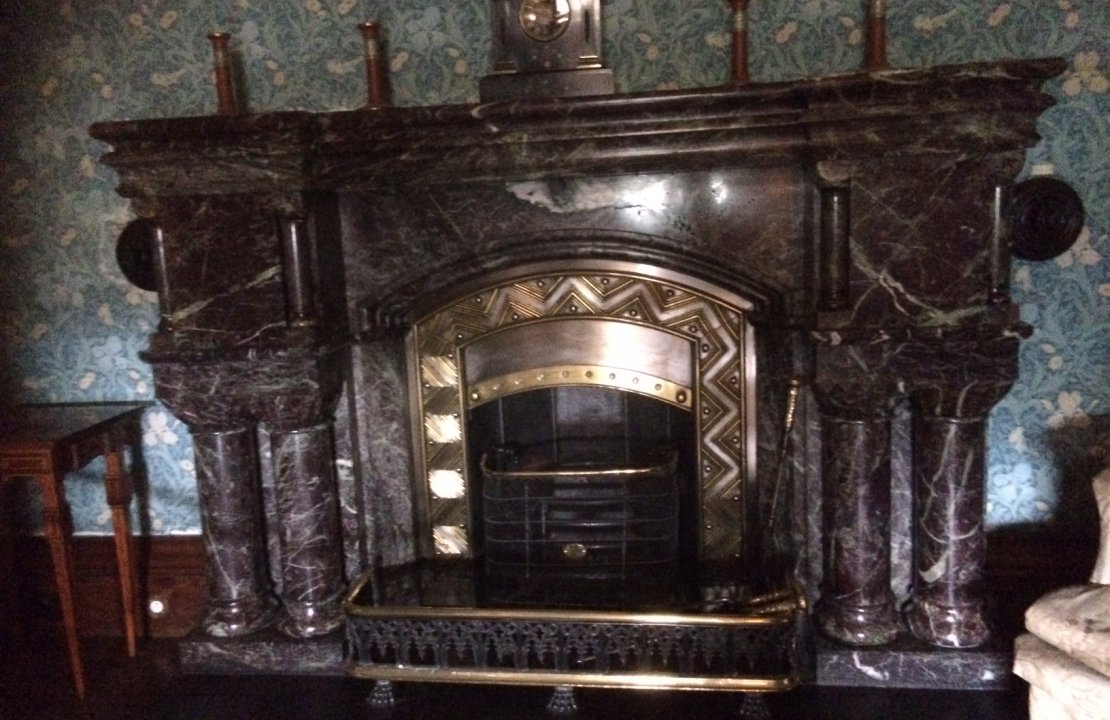Are they cold = No
Are they colder than other houses = No
Are they more expensive to heat = Yes
Were Victorian houses cold?
This is a common question asked by people assuming that newer houses are warmer than older houses. The simple answer is that average room temperatures have risen over the years however this is only partly due to the age of the architecture. So the simple answer is that some were and some weren’t cold. A house is only as cold or as warm as the owner decides it should be as we all have options when it comes to heating. The only limitations are our preferences and our bank balance. However it is more expensive to run and heat an older house due to factors which we’ll explore below.
What are the factors that affect the temperature in an old house?
Old houses and especially Victorian houses are traditionally perceived as cold spooky houses as demonstrated by their prominence in American movies based around Halloween themes and all things creepy.
However in general houses have become warmer century after century as our means of heating them has improved. Think back to the stone age and living in caves, through Tudor times and one central fire in the house, through the Victorian era with a fireplace in every room and into the 21st century with a plethora of choices including open fires, wood burning stoves, gas fired central heating with radiators, electric heaters and ground source heat pumps.
If you have been on holiday and have not heated or lived in your house for several weeks, any period of house would be cold unless it has really state of the art insulation. Cold houses then take a long time to heat up, sometimes several days to get back to their usual temperature. Most Victorian houses are constructed out of bricks, which take a long time to get warm, but once they have been heated they retain the heat well. So if you are away for a short period, it is wise to turn your heating down to very low, but keep it on for short periods every day whilst you are away.

The main thing that retains the heat is insulation as walls make up the majority of the outside surface area of a house. Glass and windows on the other hand make up only 10-15% of the amount of heat loss in an average house. The nature of the walls, floors and roof make the lion’s share of difference when it comes to heat loss. Insulation is the most important element to ensure that houses remain warm once they are heated up. Insulation can be put underneath floorboards during house renovation work and can also be applied on top of existing walls.
Another difficulty with Victorian houses and maintaining a good temperature in the house is that these houses typically have high ceilings and as heat rises, a lot of heat generated by your heating system will be at your ceiling level.
Another factor, which can really help a house retain heat, is using heavy fabrics for curtains and lining them well, and also having several layers of curtains such as net curtains under the main curtains, which helps keep the cold contained in the window area. Cheap thin pre made mass market curtains may be suited to properties with double glazing or just for summer use, however a Victorian house in winter requires something more substantial. Choose a traditional thick fabric such as wool or silk mixes with heavy thermal lining, which may cost you more but will save you money in the long term and will keep out the cold on those winter nights.
Victorian houses traditionally had a fireplace in all the rooms including bedrooms and a fire or stove is a really good way to add to the heat generated by your modern central heating system. If you have a large garden with lots of trees as is common with larger Victorian houses, and ever need to have a dead tree chopped down, the resulting wood will keep your fireplaces going for many years.
So in conclusion Victorian houses are no colder than any other house if properly heated and insulated. It may mean higher heating bills but there’s no reason for it to be cold. And what with the choice of cast iron radiators on offer that will complement your house and the possibility of making use of a fireplace in every room of the house, your Victorian house can be really warm and cosy in the winter.
See our related article, How to make your Victorian house Green

Be the first to add a comment...